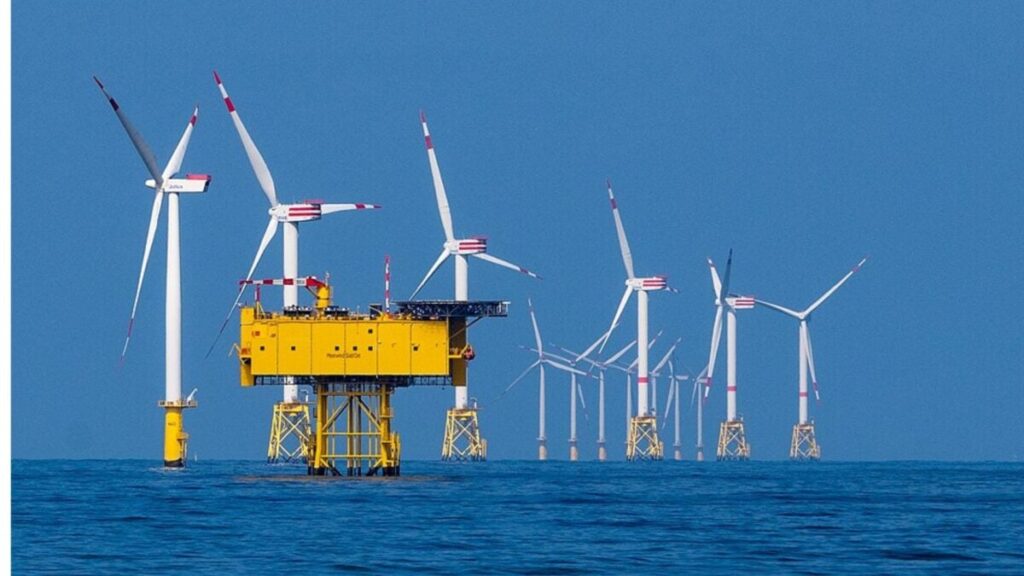Hurricane Melissa recently struck Jamaica, registering the highest landfall wind speeds in the Atlantic alongside two other hurricanes. This unprecedented strength can be attributed to unusually warm sea surface temperatures, a direct consequence of climate change. A new study in Nature Communications, led by Yanan Zhao, identifies the impact of these stronger winds on offshore wind farms. While increased wind speeds can generate more energy, they also risk damaging turbines, exceeding their operational limits.
The researchers analyzed hourly wind speed data from 1940 to 2023, revealing that extreme wind speeds have risen in roughly 63% of coastal areas, notably in the northeast Pacific and North Atlantic. Many offshore wind farms in Asia and Europe, as well as over half of the planned wind farms in the U.S., are now facing wind speeds that surpass the safety limits of turbines.
The study emphasizes the need for adaptive strategies for offshore wind infrastructure, especially in cyclone-prone regions. As global temperatures rise, the risk to both people in hurricane areas and clean energy efforts increases. The authors call for enhanced risk modeling, updated design standards, and more robust engineering to safeguard wind farms, asserting that these adaptations are essential for the long-term viability of renewable energy infrastructure amid ongoing climate change.


